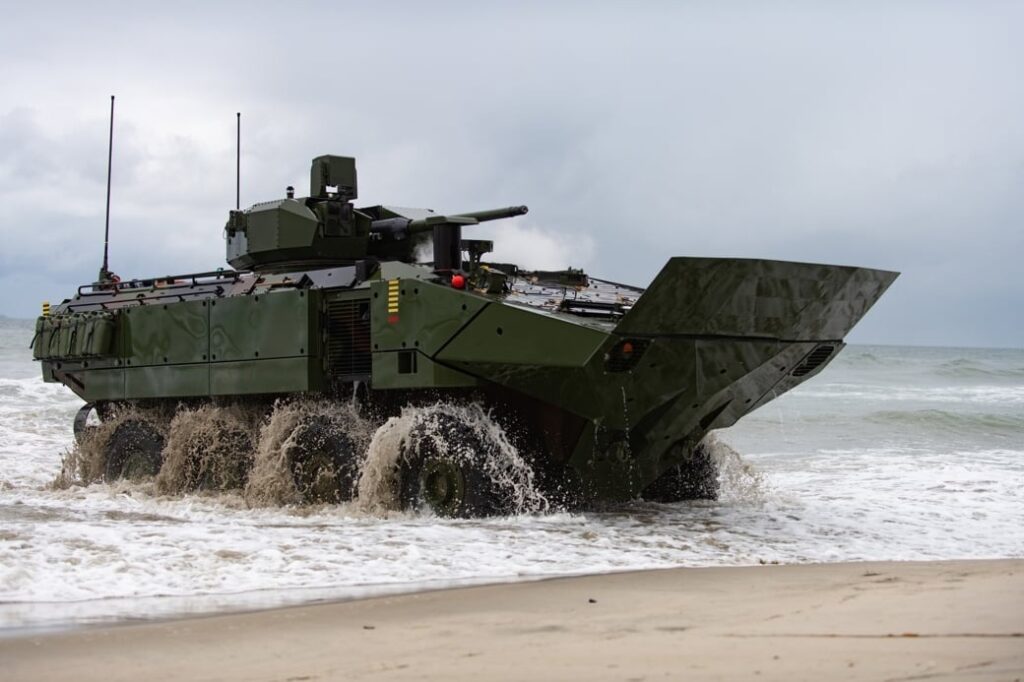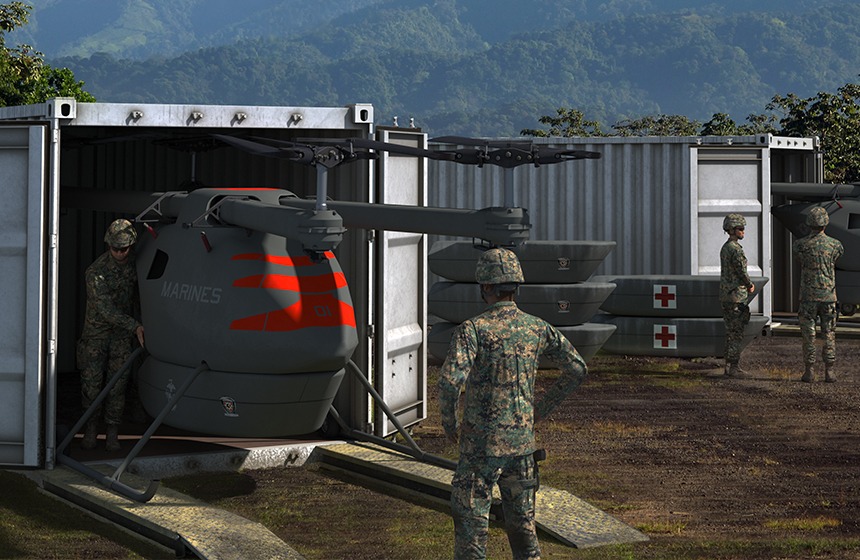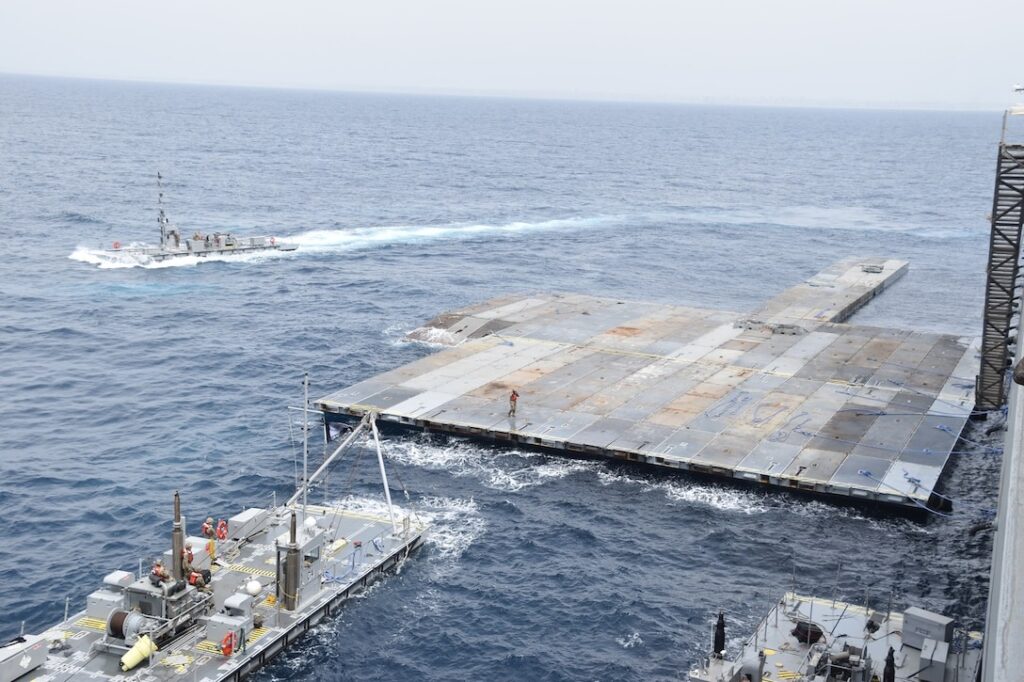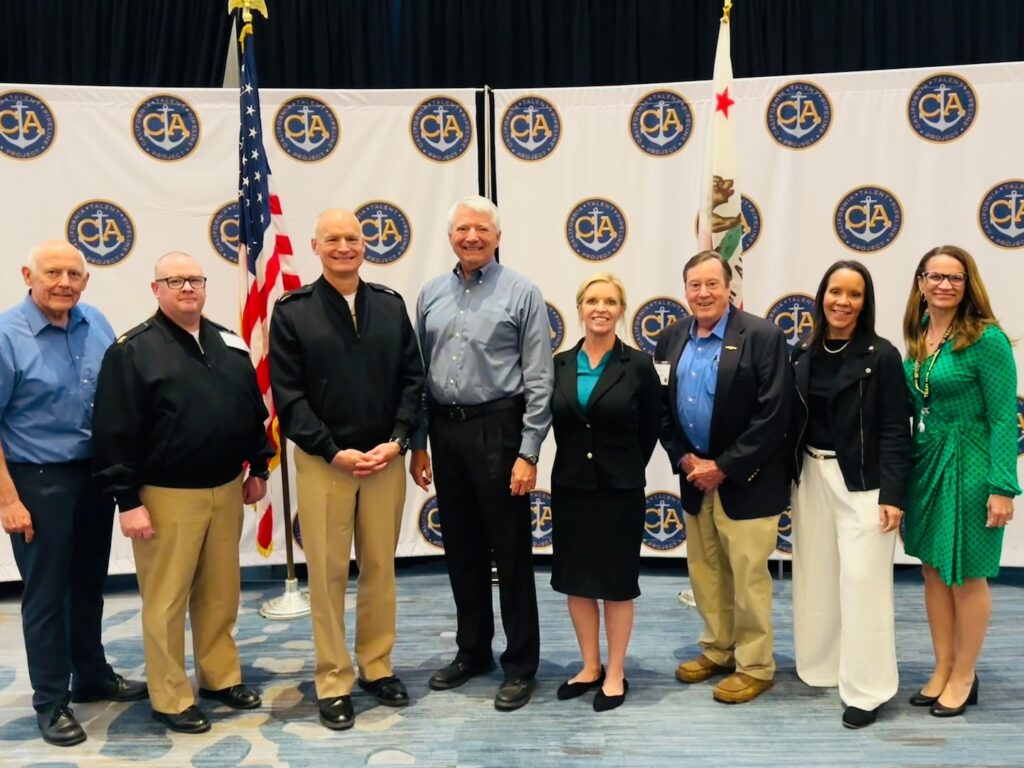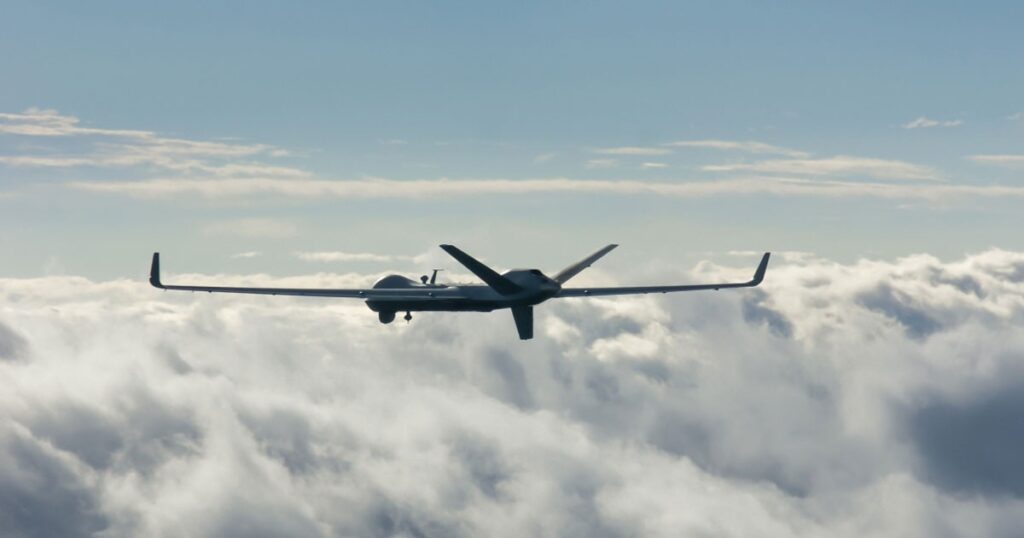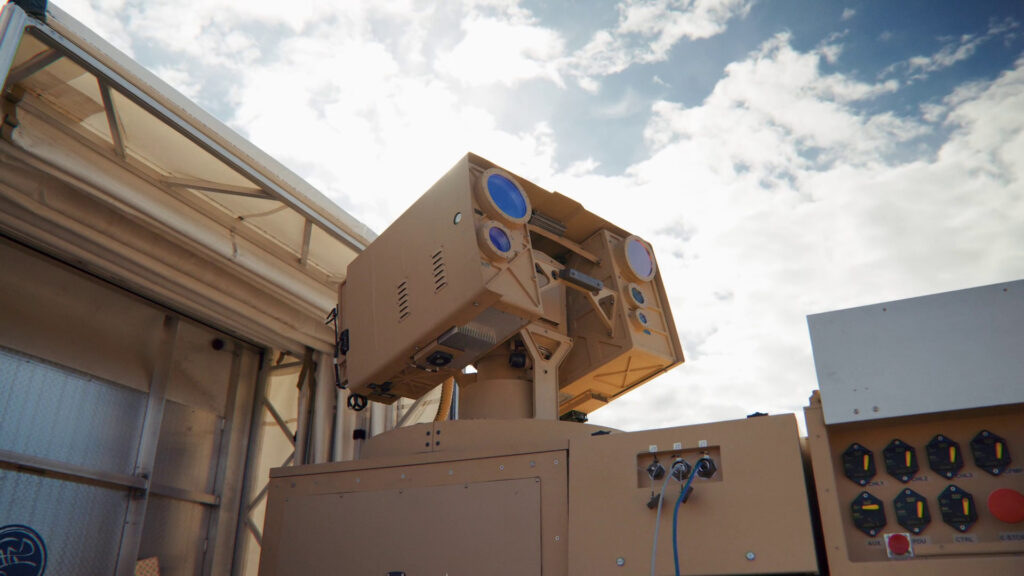Navy’s Triton UAV to Provide Targeting for LRASM
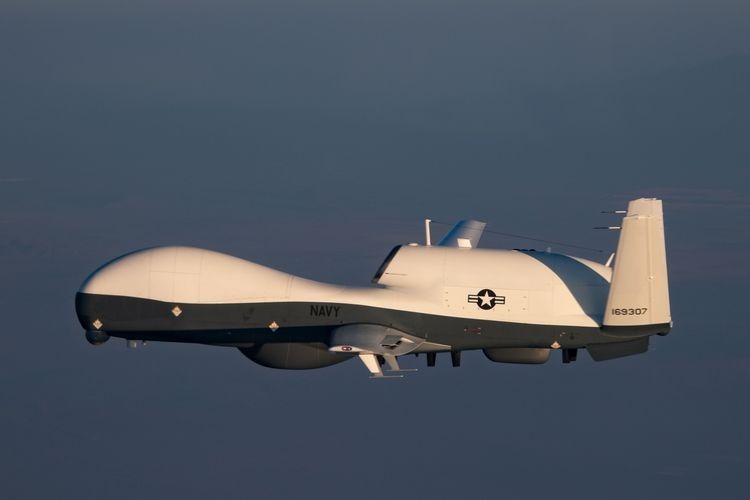
By Richard R. Burgess, Senior Editor
ARLINGTON, Va. — An upgrade to the U.S. Navy’s MQ-4C Triton unmanned aerial vehicle will enable it to provide targeting for the AGM-158 Long-Range Anti-ship Missile (LRASM), senior Navy officials said.
In a May 1, 2024, Nickolas H. Guertin, assistant secretary of the Navy for Research, Development and Acquisition; Vice Admiral James Pitts, deputy chief of naval operations for Warfighting Requirements and Capabilities; and Lieutenant General Karsten S.Heckl, deputy commandant for Combat Development and Integration and Commanding General, Marine Corps Combat Development Command, testified before the Subcommittee on Seapower of the Senate Armed Services Committee. A written joint statement was submitted for the record and provided some detail on the planned MQ-4C upgrades.
“The MQ-4 program is meeting schedule objectives, completing Initial Operational Capability (IOC) in July 2023 with its first orbit stand up in INDOPACOM [U.S. Indo-Pacific Command,” the statement said. “The Program is currently in the process of standing up its remaining two operational orbits in EUCOM [U.S. European Command] and CENTCOM [U.S. Central Command], scheduled for Q2FY24 and Q1FY25 respectively.”
The MQ-4C, built by Northrop Grumman, is now deployed to Andersen Air Force Base in Guam and Naval Air Station Sigonella in Sicily. The site of the future CENTCOM deployment has not been announced.
“The MQ-4 will undergo continuous spiral upgrades throughout the next four years, to include Link-16 targeting with LRASM in 2024 culminating in Full Operational Capability in FY28 enabling near-24/7 ISR [intelligence, surveillance, and reconnaissance] coverage in simultaneous theaters of operation,” the statement said.
The LRASM, built by Lockheed Martin Missiles and Fire Control, is designed to be deployed on Navy F/A-18 Super Hornet strike fighters and P-8A Poseidon maritime patrol aircraft, as well as Air Force B-1B Lancer bombers.
As noted in a May 1 Defense Department contract announcement, the Navy awarded Lockheed Martin a $288 million contract modification to support development of the AGM-158C-3, an extended-range version of the LRASM. The C-3 version would include “advanced communications and survivability capabilities while supporting maritime strike missions for the Navy,” the announcement said.

